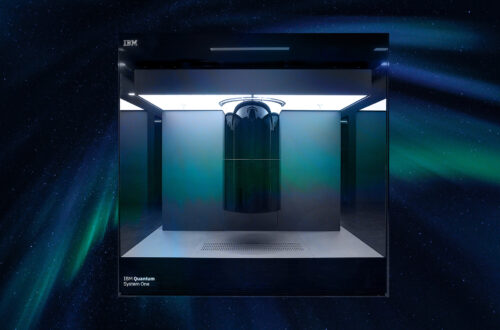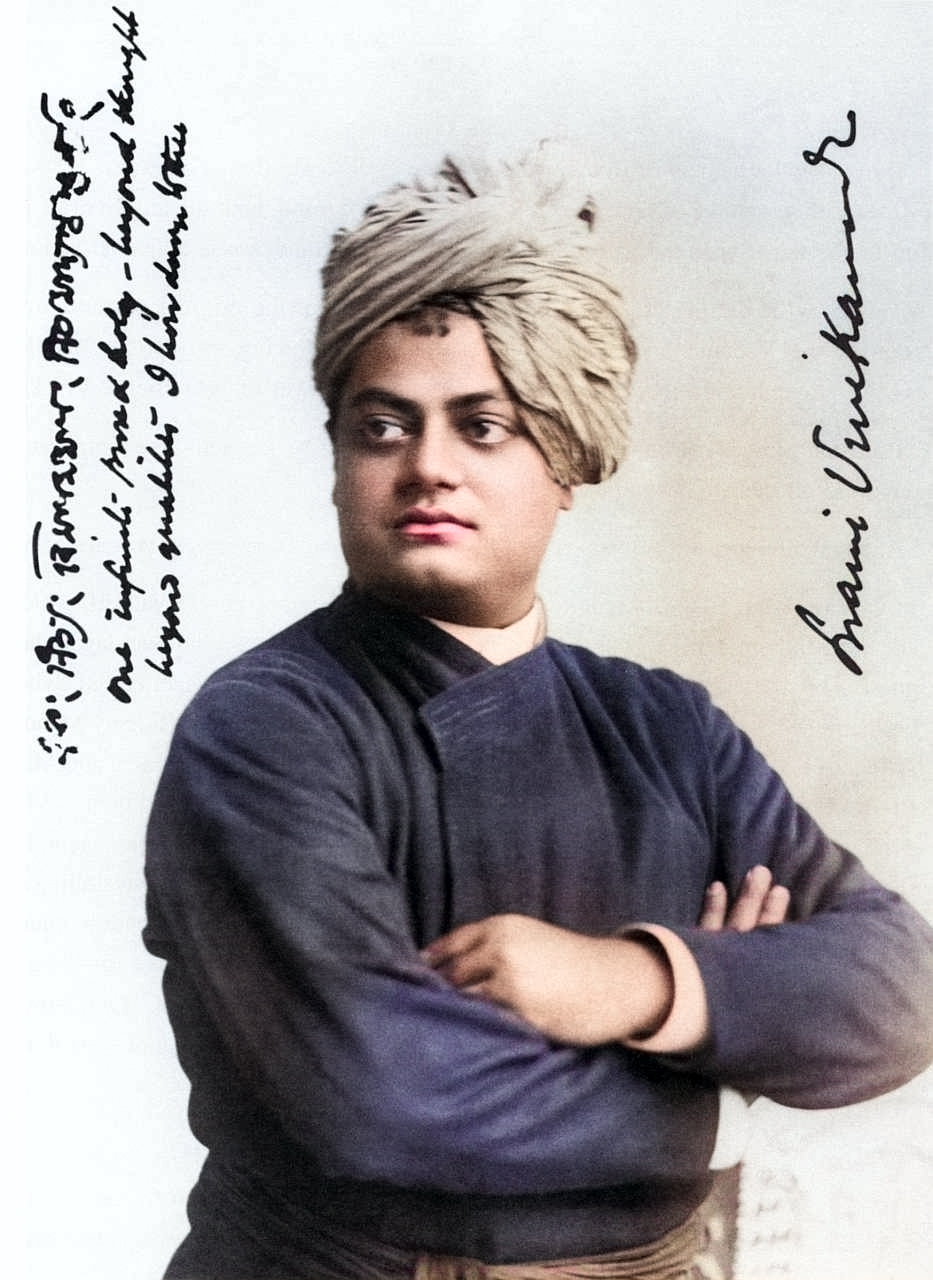
What Is Ho’oponopono Meditation?
Meditation may sound like a complicated concept, but in its essence, it’s a form of “cleaning” for your mind. Many religions believe it’s a good thing, a way to reach a state of no-doing or non-effort. However, achieving that state can be challenging for most people.
Imagine sitting comfortably, trying to focus on the air entering your left nostril during Vipassana meditation. But pesky distractions quickly arise. Your legs become numb, and your nose begins to itch. As you conquer these discomforts, thoughts of pending legal cases or a loved one’s upcoming operation creep into your mind. Suddenly, your nostril fades away, and you feel like a failure.
Yet, you persist.
Gradually, the feelings of failure diminish, and you notice small improvements. Though your thoughts persist, you learn to accept them. You start to feel both infinite and grounded in time and space.
Swami Vivekananda, a wise teacher, integrated meditation into his yoga practice. His aim was to reach a state where thoughts and emotions had no power over him.
Some people argue that meditation is unnecessary, like the contemporary Adaitists who claim that if the state of being-ness comes naturally to you, then it’s good. If not, it can’t be helped.
Buddhists also pursue a similar goal through their own versions of meditation. They sometimes chant in unison, just like Christians and Muslims, although their content may differ.
The objective of meditation is to achieve a neutral state, known as “void” or “zero” in ho’oponopono. It’s a state where the mind is at peace and free from clutter.
Meditation is typically practiced at specific times of the day, but it doesn’t always have to be that way.
Now, let’s explore the concept of a Ho’oponopono Mantra.
In my opinion, there isn’t a specific mantra in ho’oponopono. The four phrases popularized by Dr. Ihaleakala Hew Len aren’t meant to be chanted but to cleanse the mind and spirit. Dr. Hew Len taught that once we heal our inner selves, our subconscious will continuously cleanse us, 24 hours a day, unless we consciously mistreat it.
However, some argue that these four phrases do constitute a mantra. This argument can be confusing because the concept of a mantra has been tainted with Western ideas.
Contrary to what many Westerners believe, a mantra isn’t a tool to become saintly. Instead, it’s a means to understand the connection between ourselves and divinity.
In Buddhism, mantras help us realize the transient nature of our 3D existence, the fact that it’s created by our minds.
Now, let’s explore the tools used in ho’oponopono, such as cleaning tools, rosaries, and prayer wheels.
Cleaning tools are unique to ho’oponopono. They can be sun-charged blue water, fruits, flowers, herbs, or even everyday items like colorful chocolate beans, effervescent tablets, or pencil erasers. Interestingly, these tools work just as effectively when imagined as when physically used. However, physical usage requires more effort, making it easier for most of us compared to mentally visualizing.
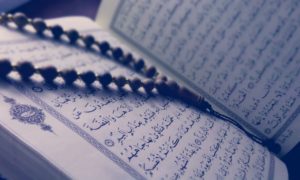
Rosaries or prayer beads are used in many religions as a way to count prayers. For example, if you need to say a particular prayer thirty-three times, you could count the beads on a Muslim man’s Tesbih three times.
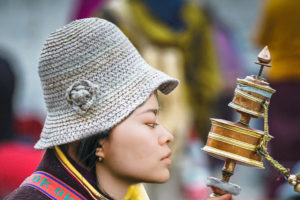
Prayer wheels are a bit different. The wheel itself contains the prayer, and by rotating it, the entire prayer is said to repeat. The more you turn the wheel, the more powerful the prayer becomes.
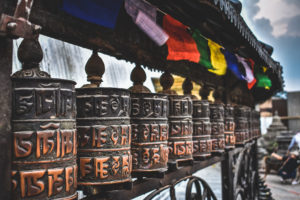
There are two types of prayer wheels in Buddhism. The individual ones are meant to be rotated by yourself, while the communal ones can be spun by members of your community, as well as visiting dignitaries, tourists, and other travellers.
Now, you might wonder if it’s possible to use rosary beads or prayer wheels as cleaning tools in ho’oponopono. Personally, I don’t recommend it because all religious symbols are connected through what are known as AKA cords. However, if you feel truly inspired by divinity to do so, then go ahead. Just remember to clean on your “inspiration” first to ensure that it’s not simply a trick of memory.
Can you practice ho’oponopono alongside other religious practices? The answer is both yes and no. There’s no reason why you can’t embrace your faith as a Muslim, Christian, Jew, Buddhist, or practitioner of any other religion and also practice ho’oponopono.
However, every action you take should be aimed at cleansing yourself and returning to zero. Rituals focused on healing others can be attended, but your main contribution should be to clear your own data and return to that neutral state.
You can continue to engage in voluntary work for your church or a charity. Simply be grateful for the opportunity to cleanse the situations you encounter.
Remember, it’s crucial to clear yourself first before attempting to help others.
So, dive into the magic of meditation and ho’oponopono, these powerful tools for personal transformation. Embrace the stillness of your mind, the depth of your being, and the interconnectedness of all things. Allow yourself to reach that state of zero, where true clarity resides.
As you embark on this journey, know that simplicity is key. Focus on the four cleansing phrases, let go of distractions, and find solace in the profound simplicity of being. And remember, just like a captivating prayer wheel, the more you turn within and clean, the brighter your presence in this world becomes.
Step into the realm of meditation, embrace the power of ho’oponopono, and rediscover the infinite potential that lies within you.


You May Also Like

Ho’oponopono and the Divine Connection: Challenging Conventional Views of the Universe
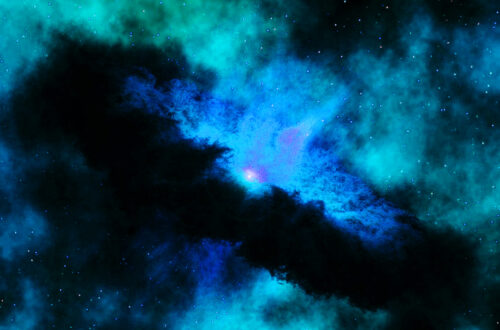
Ho’oponopono: Beyond The Mantra, Into The Cosmos
